Development of US strategic missile defense
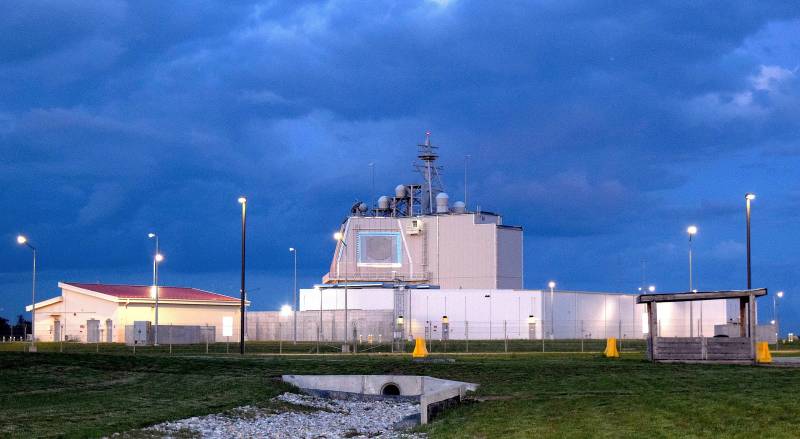
Aegis Ashore complex in Romania
Since the beginning of the XNUMXs, the United States has been actively building and developing a national missile defense system. To date, a number of different types of facilities have been deployed on American territory and beyond its borders, responsible for surveillance, detection of threats and interception of dangerous objects. In addition, right now the construction of new means and systems is underway, which in the near future will have to complement defense in the most important strategic directions.
European direction
Ostensibly to protect against the Iranian nuclear missile threat, the United States and other NATO countries recently began building a Euro-Atlantic missile defense system. It now includes several main components designed to defend the eastern flank of the Alliance. New construction is also underway.
The most numerous and mobile component of the Euro-Atlantic missile defense system are American Arleigh Burke-class destroyers with the Aegis BMD missile defense system. They are permanently based in the Spanish port of Rota and can use other NATO bases. In addition, in 2016, the Aegis Ashore missile defense system, based on ship components, began combat duty at the Romanian airbase Deveselu.
In the mid-2018s, construction began on another European complex, Aegis Ashore. They decided to place it at the Redzikowo base in Poland. According to the initial plans, construction was supposed to take just a couple of years, and already in XNUMX they wanted to put the complex on combat duty. It was assumed that the presence in Eastern Europe of two facilities with detection radars and anti-missile defenses would seriously improve NATO’s defense against the “Iranian missile threat.”
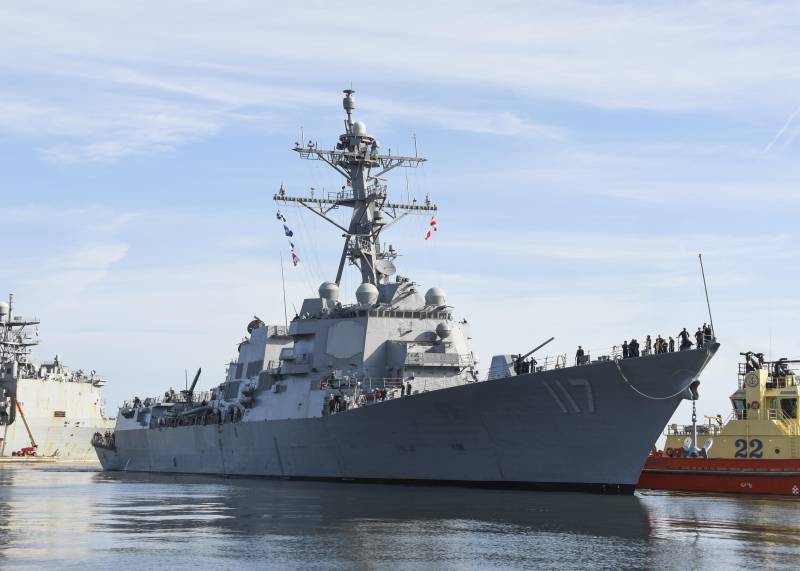
Arleigh Burke-class destroyer USS Paul Ignatius (DDG-117)
However, these plans could not be fulfilled. Construction in Poland has faced a variety of problems. In 2018, it became clear that it could not be completed on time, and the completion of the complex was postponed for two years. In 2020, a new transfer took place, again two years to the right. The work schedule was last revised in 2022, and now the launch of combat duty is expected before the end of 2023.
Apparently, the Missile Defense Agency and its contractors have managed to overcome all the problems and difficulties. Not so long ago, in August, the agency announced that plans to launch the new Aegis Ashore complex during 2023 are still relevant. There are less than three months left until the end of the year, and it is not yet known whether the remaining work will be completed in time, or whether the commissioning of the facility will be delayed again.
In the Pacific Ocean
A number of American strategic missile defense facilities and formations have already appeared in the Asia-Pacific region. According to the official version, this was done to protect the United States and its allies in the region from possible aggression from the DPRK or China. At the same time, the development of the nuclear missile potential of these countries is still used as a reason for the deployment of new systems and facilities.
And some American ships with the Aegis BMD missile defense system are serving in the Pacific Ocean. Several ships of the Japanese Maritime Self-Defense Force have similar equipment. There is also a ground defense component in the form of THAAD complexes in South Korea and on the island. Guam. It should be remembered that American stationary missile defense systems are also deployed near the Pacific region.
However, not all the desired means can be deployed in the region. Thus, in 2017, Washington and Tokyo agreed to build two Aegis Ashore complexes on Japanese territory. Preparations for construction took several years, but in mid-2020 it was abandoned for a number of different reasons.
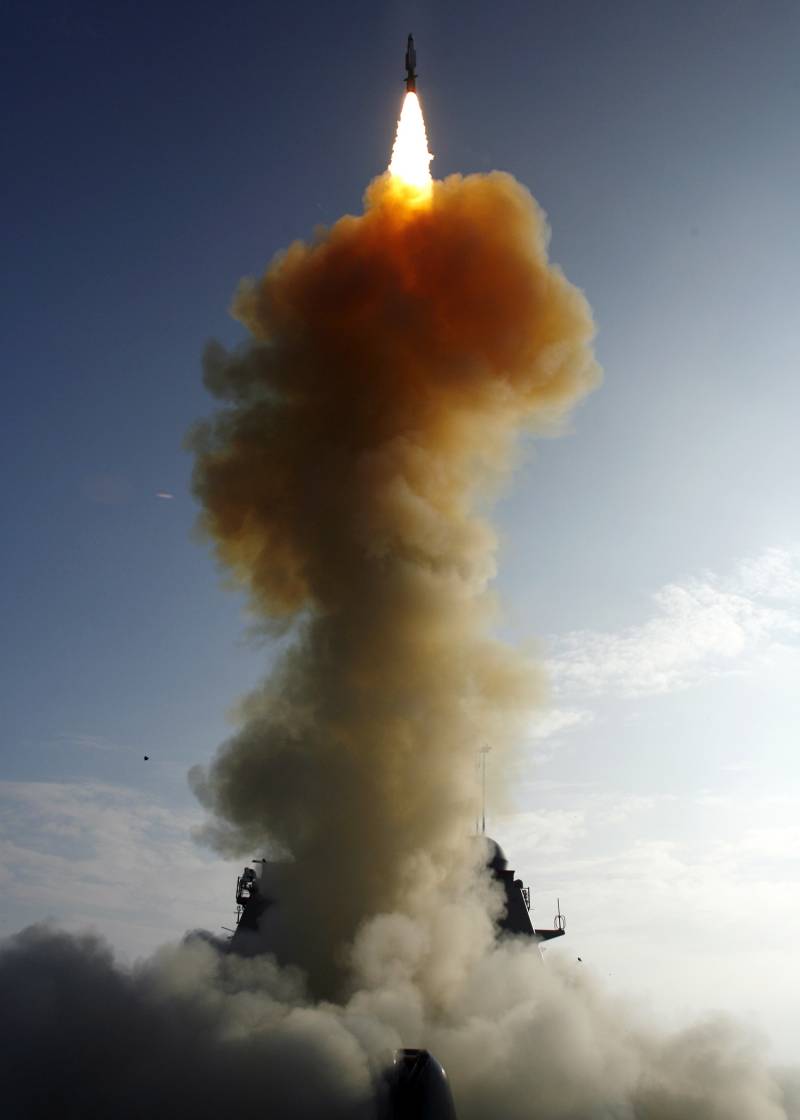
Launch of an SM-3 rocket by a carrier ship
Shortly thereafter, the Pentagon announced the possible construction of such a complex in Guam. As it was later reported, the THAAD products available on the island do not fully correspond to the existing and expected threat level. In this regard, it is necessary to build and put on duty a more advanced Aegis Ashore system.
According to the 2020-21 plans, the new missile defense component can be completed and put into operation no later than 2026. Construction began in 2021-22. and is already giving the first results. To date, the bulk of the structures have been built and a lot of targeted equipment has been installed. In mid-August, the first switching on of the complex's standard radar took place. By the end of next year, the Aegis Ashore complex on Guam will be completed and ready for testing. The first test firing is planned for December 2024.
On your own territory
The first component of the US strategic missile defense system brought to combat duty in the first half of the 40s was the GMD complex. The radar and the first positioning area for the launchers of this complex were located at the Fort Greely base (Alaska). Soon similar facilities were built at the Vandenberg base in California. Two bases host more than XNUMX GBI interceptor missiles.
It is assumed that the GMD/GBI system is no longer fully responsive to current threats and challenges. In this regard, construction of a new position area with 20 additional launchers is currently underway at the Fort Greely base. The commissioning of this facility will increase the number of GBI missiles on duty by almost one and a half times. However, construction is behind schedule, although not as much as other important projects.
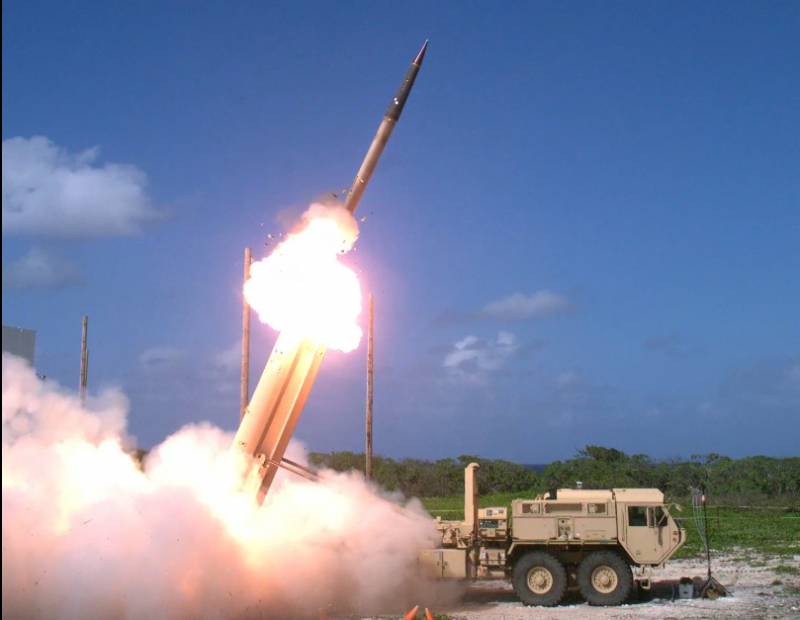
Land missile defense system THAAD
Another way to develop the GMD system is to develop new ammunition. The GBI anti-missile missile has a number of shortcomings and no longer meets all current requirements. In this regard, the design of a promising NGI missile with improved characteristics and, presumably, with several kinetic interceptors on board has begun.
It is interesting that the NGI project is progressing more successfully than other works and gives reason for optimism. According to the initial plans, such an anti-missile missile was supposed to go into production and reach the troops in 2028. Not so long ago it was announced that the schedule was shifting to the left - deliveries of products would begin in 2027. Whether such promises will be kept, or the schedule will return to its original form, time will tell.
In the process of development
The United States continues to develop its strategic missile defense. In key areas, objects and systems of various kinds have already been built and deployed, responsible for observing, searching and intercepting targets. In addition, the construction of new facilities of this kind continues or begins, new types of equipment or ammunition are being developed, etc.
It is not difficult to imagine how the American missile defense system will change based on the results of the implementation of current projects. Thus, in the Eastern European direction, anti-missile forces and means will actually double. The new Aegis Ashore facility will increase the overall visibility and control area. At the same time, the attention of the two missile defense systems, as expected, will be directed not at Iran, but at Russia.
It should be remembered that the Aegis Ashore system is suspected of having undeclared capabilities. Being a modification of ship systems, it is, at least in theory, capable of using not only anti-aircraft missiles, but also strike ammunition. In this case, the facility in Redzikowo will also improve the strike potential of the US Army.
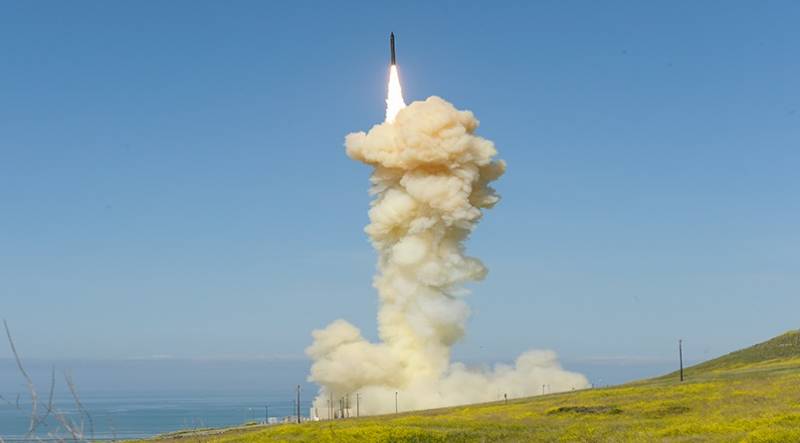
GBI rocket launch
Construction of the same facility is underway on the island. Guam. This time they do not hide the true purpose of creating the complex - they plan to use it to confront China. Changing conditions in the Asia-Pacific region also affect the development of the GMD complex. In the coming years, the number of its missiles will increase by almost one and a half times.
It is easy to see that the development of the American strategic missile defense system in recent years has been mainly due to an increase in the number of facilities and means. This approach ensures the gradual creation of defense in all key directions, as well as bringing its quantitative indicators to the required level.
It is noteworthy that such military construction processes use complexes and systems created at least several years ago. The development of promising models is already underway, but at the moment they are not ready for use by the troops. They will begin to be deployed only in the second half of the decade - provided there are no problems.
Today and tomorrow
Thus, the United States remains committed to creating a large and advanced strategic missile defense system that protects it from all major directions and from all expected threats. To achieve this, various measures are being taken, both independently and in cooperation with other states. Over the past decades, significant progress has been made in this direction, and there are no plans to stop work.
However, the construction and development of missile defense faces characteristic problems. Thus, the creation of new facilities and the deployment of the required systems is associated with large expenses. At the same time, not all construction projects can be completed on schedule and with all the desired results. In addition, the potential of the missile defense systems under construction also raises questions. Nevertheless, work continues, and this year the Missile Defense Agency plans to report on new successes.
Information